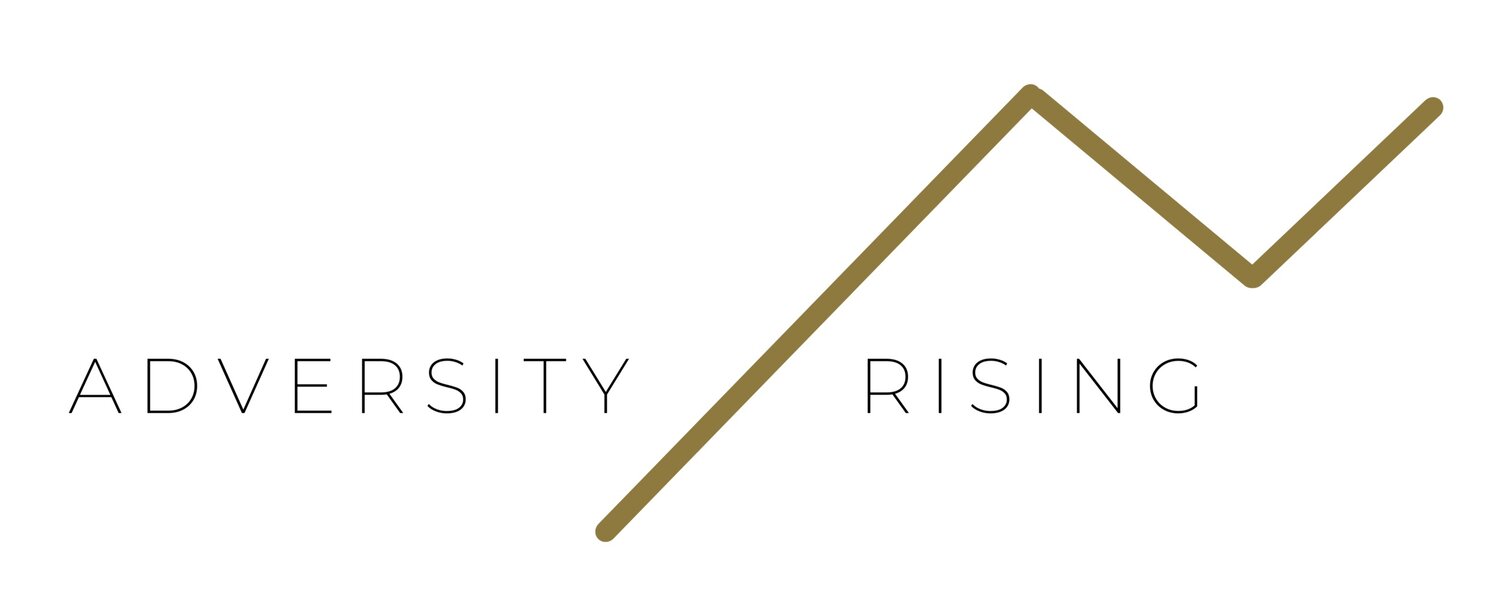Love: Defining it with our senses and differentiating between how we give and receive it
Love takes work. It means putting in effort even when you are depleted. And contrary to what we want to believe, it is not convenient. Yet, it is vital to our sense of connection and fulfillment in the world.
How do we know what loves looks like and how it shows up for us? How do you want to receive or be shown that love? How do you show it? This blog post is about getting you to think more about these ideas and getting clear on the role love plays in your life and how to show it to others effectively as well as ask for it in the ways you need and want it.
Read More